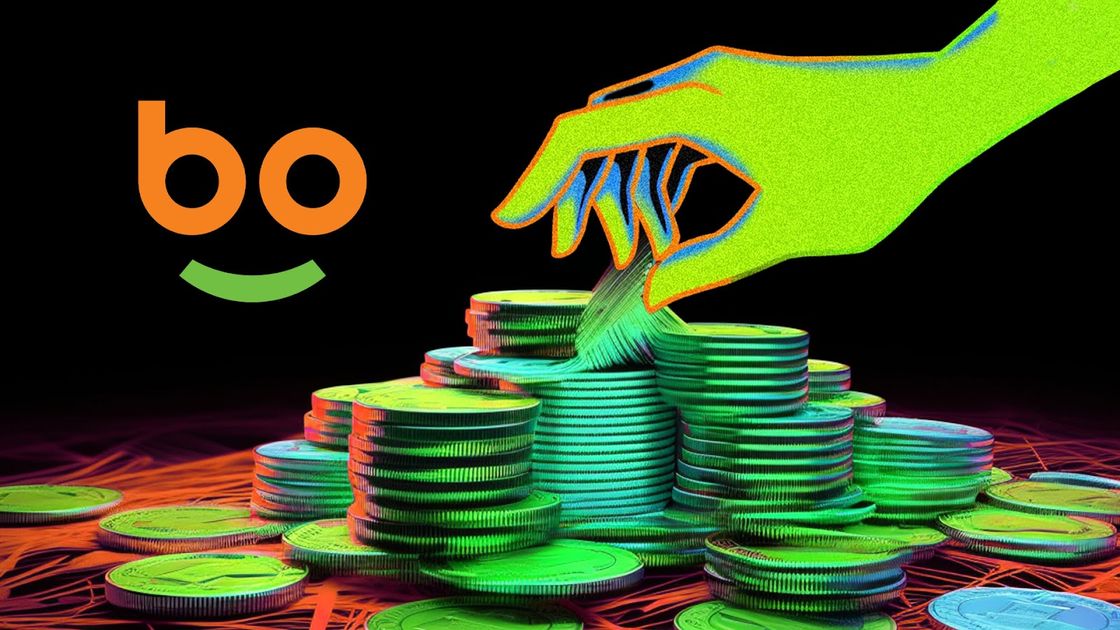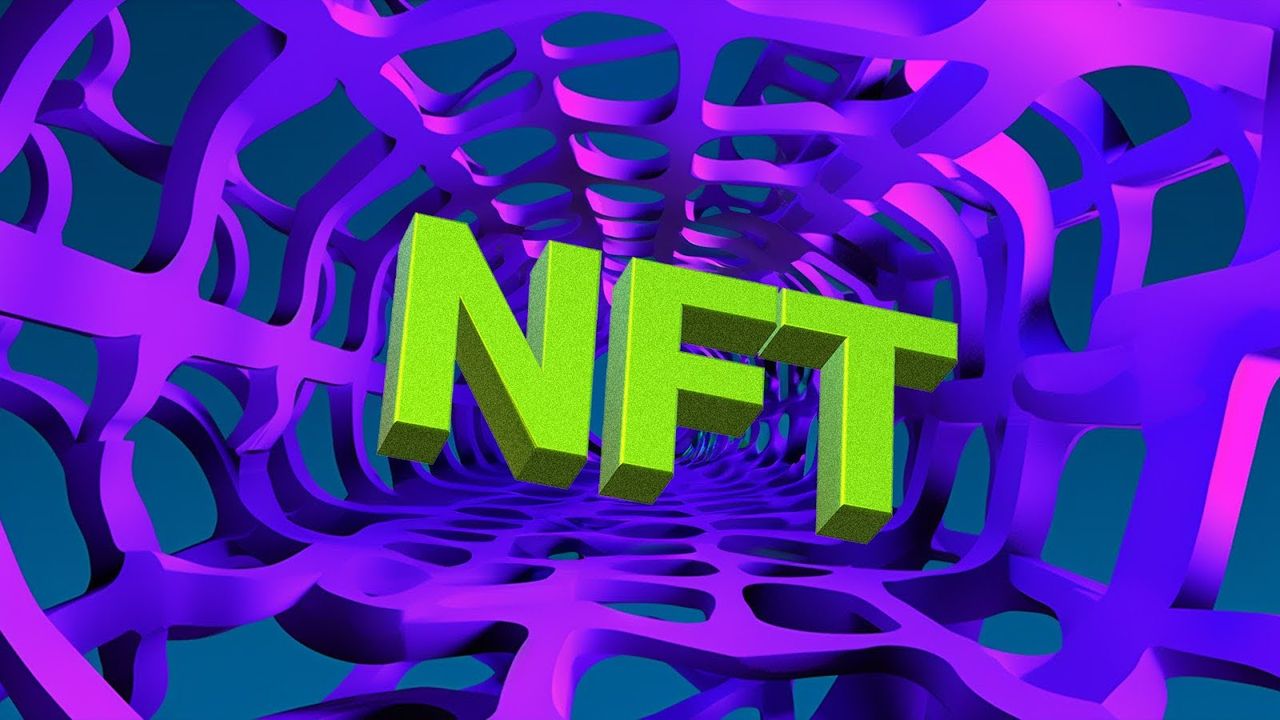
Introduction
Cryptocurrencies have gained a lot of popularity over recent years. But with new projects springing up daily, it is hard to keep tabs on all of them. At the time of writing, there are over 10,000 cryptocurrencies, each with a unique name, ticker, and purpose.
While it is hard to learn about EVERY crypto, learning about crypto groups can help anyone quickly grasp the basics of crypto and how they work.
In this article, we will show you the major groups of cryptocurrencies and how each group is unique.
What Are Altcoins?
Bitcoin and Ethereum are the most popular examples of cryptocurrencies but are not the only cryptos. Other cryptocurrencies, far numerous to list, also exist. They are all classified as altcoins. Why? Altcoin (short for alternative coin) refers to any crypto project apart from Bitcoin or Ethereum. Some people also claim Ethereum is an altcoin, which was created to solve some of Bitcoin's problems.
Altcoins are usually created to improve something in the blockchain space, like transaction speed or reduce cost, but this is not always the case. Some altcoins are just created for fun, like memecoins, a category we will also look at. In any case, only Bitcoin and Ethereum are exempted from this altcoin category. Any other crypto created in the future will still be called an altcoin. Bitcoin, Ethereum, and altcoins can be classified into two broad groups: coins and tokens.
Crypto Coins Vs Crypto Tokens
This is the second widest classification of cryptocurrencies, as each crypto is either a coin or a token, but not both. What is the difference between a coin and a token? Is one group physical and the other virtual? No, all cryptocurrencies are virtual digital currencies. The main difference between both groups is: a coin belongs to and operates on an independent crypto network, while a token does not.
For example, Bitcoin is a coin because it operates on its own network, the Bitcoin Network. On the other hand, Shiba Inu is a token because it was built on the Ethereum blockchain and not its dedicated blockchain.
Other examples of crypto tokens include:
-
Tether USD (USDT),
-
Pancakeswap (CAKE),
-
Chainlink (LINK), and
-
Cronos (CRO)
Another major difference between both often confusing groups is the use case of each. While coins are intended to be used as stores of values and for blockchain transactions, tokens have a broader use case as they can be used to found DAOs (Decentralized Autonomous Organizations) or create dApps (Decentralized Applications).
Native Project Coins
This next classification is more straightforward. Native project coins are cryptos created and used by a specific crypto project. For example, the Solana blockchain created the Solana (SOL) coin for transactions (both internal and external) concerning the blockchain.
These coins are essential to their parent network. While most are used to reward network participants such as miners and validators, they can be used as governance tokens too, or airdrop rewards to testnet users.
On the investment side, native tokens are suitable for investors who want to invest directly in a crypto project since buying these native tokens is like ‘buying shares’ of a regular company.
Here are some more examples of native tokens and their coins:
-
Ether (ETH),
-
Stellar (XLM),
-
Polkadot (DOT), and
-
Monero (XEM).
However, not all cryptos are native projects. In fact, some cryptos are created for less serious purposes. Take a look at the oldest and most popular memecoin, Dogecoin, which started as a joke which leads this next category: memecoins
What Are Meme coins?
Meme coins are cryptocurrencies that are based on viral internet memes or events. Most of these tokens do not have any real utility but are just created for fun or to advance a cause. While these meme coins appear quickly and mostly go as they come, some meme coins have been able to remain relevant over time, such as Dogecoin, Shiba Inu, Pikamoon etc and have evolved into cryptos that bring value to investors and holders, although they are still meme coins.
For investment purposes, meme coins are the most risky type of cryptos because of their high volatility. Some meme coins can give returns as high as $1 million from a $250 investment, making them very attractive to investors who need quick bucks. But, when investing in meme coins, note that they fall in price fast too and might not be suitable for long term investment.
The next category could be called the opposite of meme coins: stablecoins
What Are Stablecoins?
The name of this next category already hints at what kind of coins these are: stablecoins.
Stablecoins are cryptocurrencies pegged to an asset such as the USD dollar. As a result, they experience far less volatility than regular cryptocurrencies. These fairly stable-coins are good means of exchange, as their price moves in sync with the asset they are pegged to.
For example, USDC, a popular stablecoin, usually equals 1 dollar. If you wanted to pay for a crypto book with $50, you could pay with 50 USDC instead. Stablecoins are great for cross-border transactions, too, as anyone can use them to send money across countries for far less than it would cost to use regular money (fiat).
Popular examples of stablecoins include:
-
Binance USD (BUSD)
-
Tether USD (USDT)
-
Circle USD (USDC)
-
Euro Tether (EURT)
-
Magic Money (MIM)
When investing in stablecoins, still observe the usual caution you would take with other cryptocurrencies; some stablecoins, especially algorithmic ones, can experience huge volatility and capital loss. In 2022, Terra’s stablecoin UST crashed more than 90%, leaving investors heartbroken.
Wrapping up
Note that a cryptocurrency might belong to multiple groups, so groups are not restrictive. Instead, they help us understand how crypto works better, help provide investors with more information about possible risk levels of their investments, and help businesses know what kind of crypto works best for them.
Be sure to go through articles on our blog for even more information about specific cryptocurrencies. And as always, do your diligence before investing, as this article is not financial advice.


















